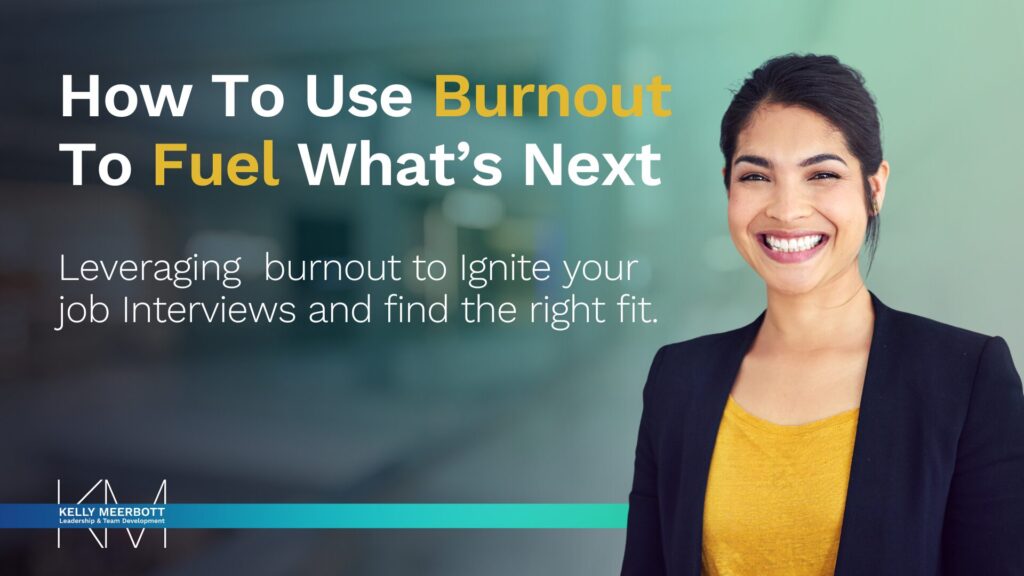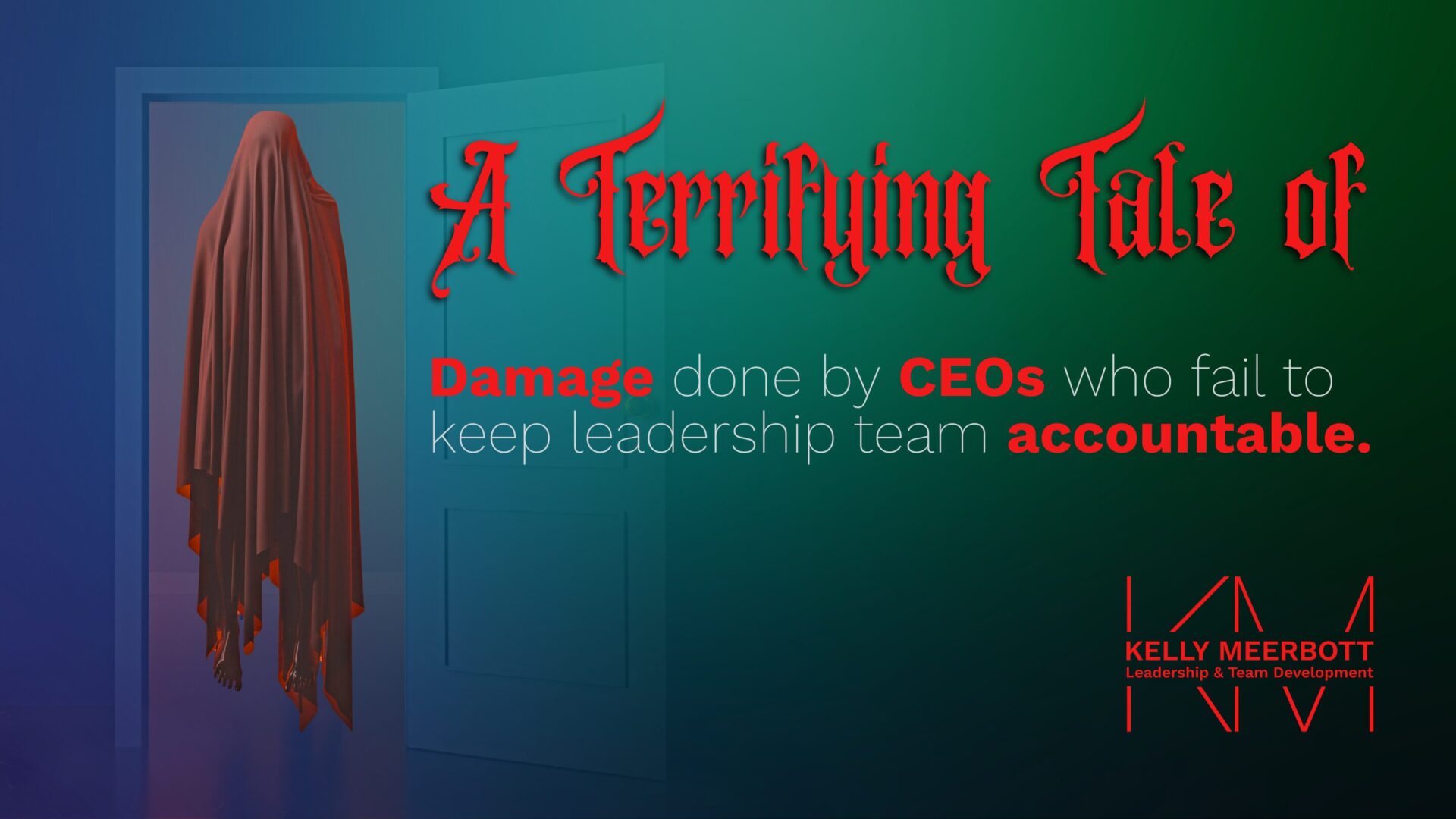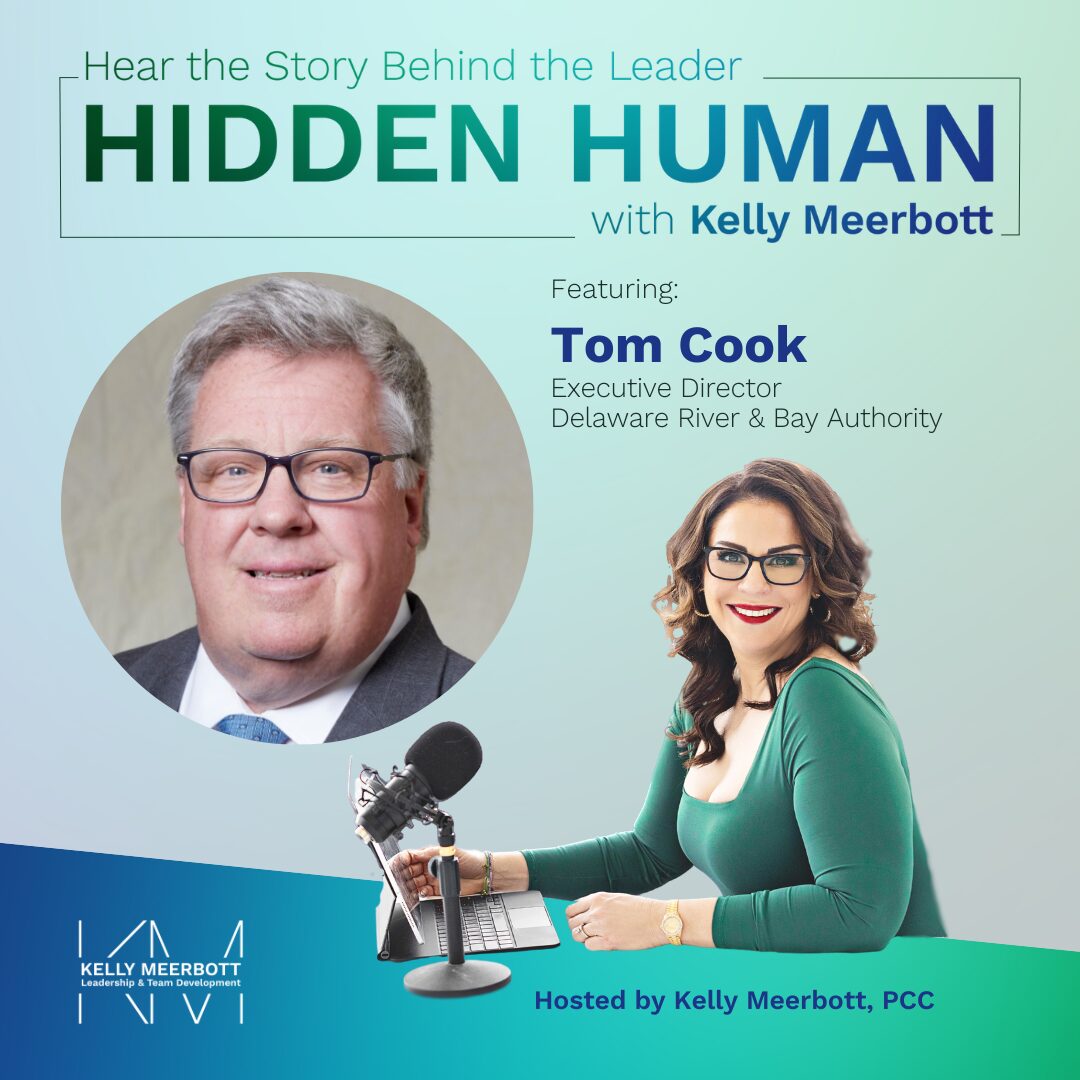Did you know:
59% of American workers are currently suffering from burnout
95% of HR leaders say employee burnout hurts workforce retention
60% of employees say stress levels have risen for the past five years
So it may be time for a new role, but how do you explain leaving a job because it caused burnout to prospective employers?
It starts with reframing the conversation positively and professionally.
Why Are Interviewers Asking About Burnout?
Burnout destroys workers’ energy, enthusiasm, and passion, instead becoming exhaustion, frustration, distress, and disillusionment — so interviewers aren’t just being nosy when they ask about your experience with burnout.
Hiring managers are seeking specific information about your personal and professional resilience, your self-awareness, and your ability to be proactive about solutions for burnout in you and your team.
Prepare For Your Interview
When deciding how to talk about burnout, don’t complain about your past employer and don’t use negative language. Keep the focus on yourself and the steps you’ve taken.
Demonstrate understanding of the organizational factors that contribute to burnout. Highlight your leadership strategies for managing stress, time, and self-care.
Spotlight what you learned from the experience, the strategies you’ve employed, and focus on the strategies you’ve implemented to prevent burnout in the future.
Proactively share the steps taken to prevent future burnout — such as seeking a better fit, a different culture, and opportunities that align with your professional goals.
Frame it as a strength. If your burnout was due to a values mismatch, explain how you’ve clarified your values and how a new role might be a better fit.
Redirect the conversation to share why you are excited about the new opportunity and how you believe this move is a positive step in your career.
Keep it brief. Redirect by using real-life situations from your personal or professional life to demonstrate your problem-solving skills.
Here’s how you can phrase your explanation.
Reframe your burnout experience into a career asset that demonstrates problem solving, resilience, and adaptability to prospective employers.
This high-stress role made peak performance challenging, so I took this opportunity to assess career goals and focus on what I value in the workplace. I understand the importance of balance, and I’m looking for an opportunity where I can contribute while maintaining that balance. I’m excited about the possibilities here!
Questions To Assess Burnout Risk
Don’t go from the frying pan into the fire! Here’s what to ask to make sure that the new organization does not have a burnout culture.
How many hours a week are expected to be successful in this position?
How many services/clients do I have to be on-site or respond to within x hours?
Are there services/clients that I am solely responsible for?
What kind of response times are expected from my role?
If the workload becomes overwhelming, is there a support system?
Will I be involved with the hiring process?
When working with underperforming employees, what does the company’s Performance Improvement Plan look like?
So, the next time an interviewer asks about burnout, don’t sweat it. Take a deep breath, smile, and show them how you keep your professional fire burning bright without burning out.
Kelly Meerbott, PCC is a renowned expert in executive leadership. 90% of Kelly’s clients achieve their goals, underscoring the effectiveness of her methods. As a keynote speaker, author, and podcast host, Kelly continues to influence the field of executive leadership. Currently accepting new clients for 2025.
Discover how her coaching can transform your leadership journey.





